Über uns Die Kulmination einer zwanzigjährigen Vorbereitung
Über uns
Die Kulmination einer zwanzigjährigen Vorbereitung
Rider aus Leidenschaft
Inspiriert von unseren Leidenschaften, haben wir Tiamana im Jahr 2021 mit einem Ziel gegründet – die medizinische Versorgung von aktiven Menschen zu revolutionieren.
Rider aus Leidenschaft
Inspiriert von unseren Leidenschaften, haben wir Tiamana im Jahr 2021 mit einem Ziel gegründet – die medizinische Versorgung von aktiven Menschen zu revolutionieren.
“Freiheit bedeutet, dass man nicht unbedingt alles
so machen muss wie andere Menschen”
Astrid Lindgren, die geistige Mutter von Pippi Langstrumpf
“Freiheit bedeutet, dass man nicht unbedingt alles so machen muss wie andere Menschen”
Astrid Lindgren, die geistige Mutter von Pippi Langstrumpf
Disruption und Zukunft
Seit über einem Viertel Jahrhundert auf dem Brett, durchgeführte Diagnostik bei über 80.000 Patientinnen und Patienten und Forschung an Online-Aufklärungsprozessen lange bevor es Smartphones gab, gibt uns das Vertrauen, als „digital natives“ bei der Disruption des Gesundheitswesens dabei zu sein und die Zukunft der medizinischen Versorgung für aktive Menschen zu gestalten.
Disruption und Zukunft
Seit über einem Viertel Jahrhundert auf dem Brett, durchgeführte Diagnostik bei über 80.000 Patientinnen und Patienten und Forschung an Online-Aufklärungsprozessen lange bevor es Smartphones gab, gibt uns das Vertrauen, als „digital natives“ bei der Disruption des Gesundheitswesens dabei zu sein und die Zukunft der medizinischen Versorgung für aktive Menschen zu gestalten.
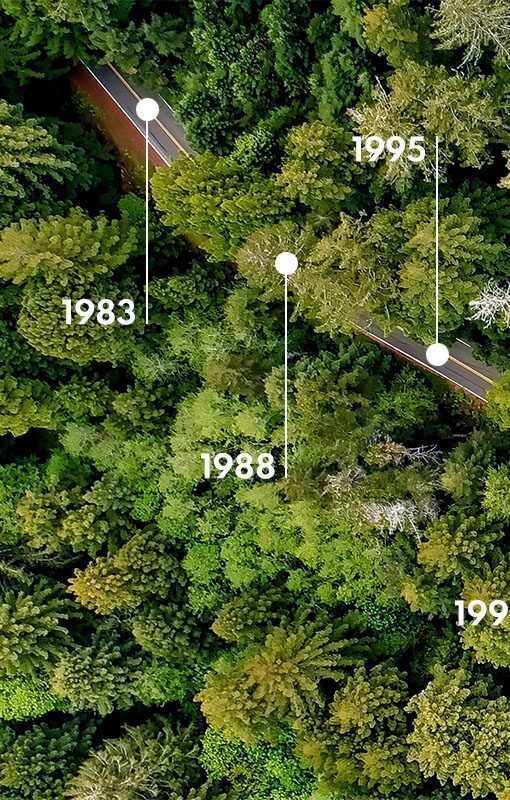
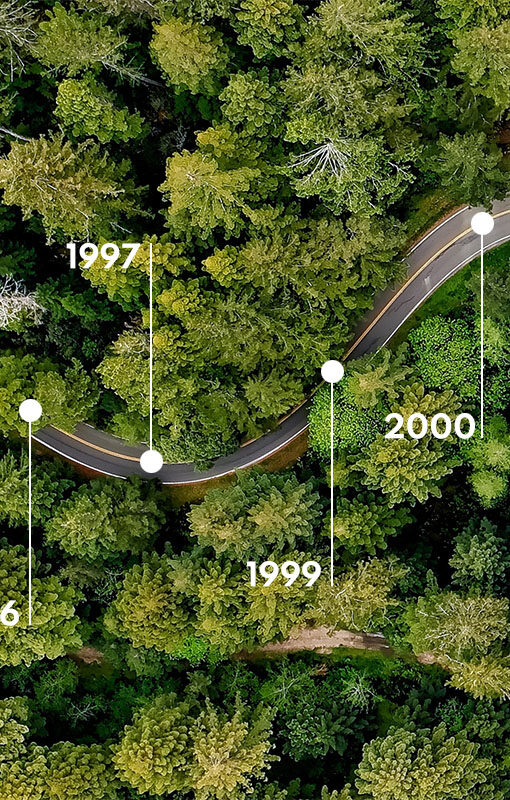
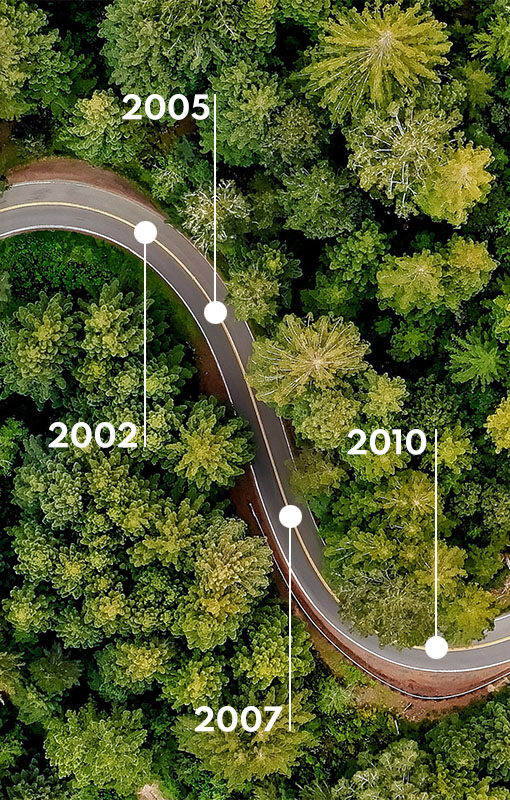
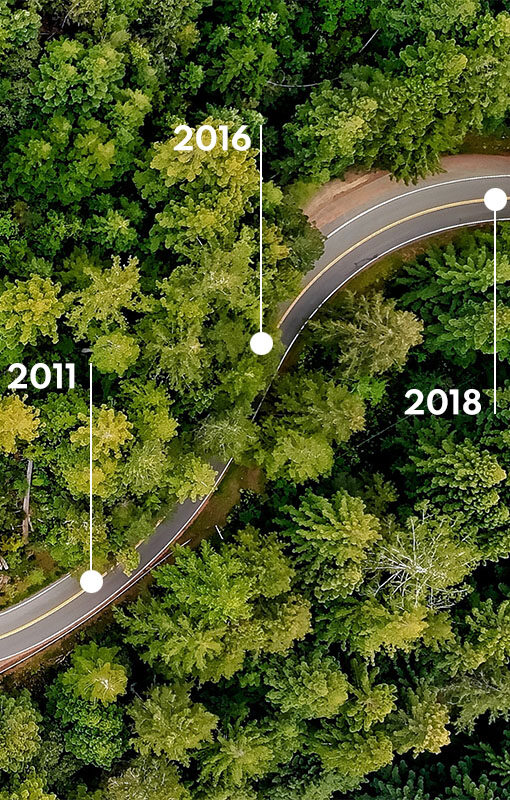
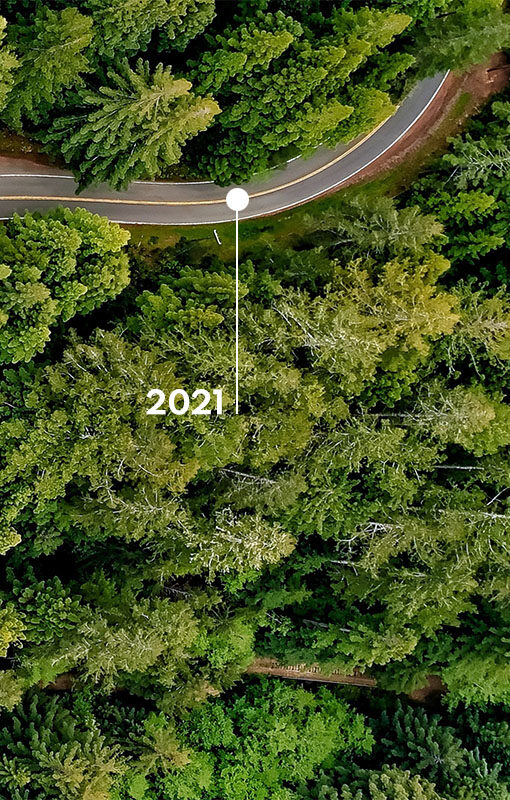
Der Weg zu Tiamana
1983
Milen wird am 17. April in Sofia, Bulgarien geboren.
1988
Mit knapp 5 Jahren steht er auf den Skiern an seinem Heimberg Vitosha.
1995
Ein Freund schenkt Milen sein altes Snowboard und eine neue Leidenschaft entflammt.
1996
Einige Freunde erleiden Kiefer-, Finger- und Knöchelbrüche bei dem sehr populär gewordenen Jibbing und des stets größer werdenden Snowboardens. In diesem Sommer gibt es die ersten intensiveren Gedanken über Knochenbrüche, Rehabilitation und Folgen des Snowboardens.
1997
Bei einem für die damaligen Verhältnisse etwas größeren Kicker landet Milen einen bs3 nicht perfekt und die rechte Speiche (Radius) bricht kurz vor dem Handgelenk. Zwei Monate Gips, eine deutlich kürzere Saison und die neue Fähigkeit sowohl mit links als auch mit rechts zu essen und zu schreiben.
1999
Milen schreibt seinen ersten Artikel für das bulgarische Magazin MOVE. Das Thema ist der von Titus veranstaltete Münster Monster Mastership nach dem Umzug nach Dortmund. Es folgen Interviews mit Pro Snowboardern wie Jason Brown (Burton, CAPiTA) und Artikel über die Snowboard-Legende Terje Håkonsen.
2000
Am 1. Mai bei einem ordentlichen Backcountry Kicker verliert Milen das Gleichgewicht und landet unglücklich mit dem linken Unterarm im matschigen Schnee. Eine Ellenbogenluxation zwei Wochen vor dem Ankommen des neu bestellten Gnu Snowboards.
2002
Milen hat das Glück seine erste richtig gebaute Halfpipe in Zell am See zu fahren.
2002
Das Studium der Humanmedizin in Münster, Westfalen beginnt.
2005
Die erste Famulatur findet im Winter in der Abteilung für Radiologie des St. Vinzenz Krankenhaus in Zams, Tirol statt. Die Leidenschaft für das Snowboarden und der zukünftige Beruf bekommen langsam ein gemeinsames Gesicht – die Traumatologie und Notfall-Radiologie.
2007
Milen beginnt mit der Planung eines web-basierten Aufklärungssystems für Patientinnen und Patienten im Rahmen seiner Dissertation. Das funktionsfähige Projekt wird später für das erste Apple iPad angepasst.
2010
Die Themen Umweltschutz und Nachhaltigkeit bewegen Milen dazu das Unternehmen Ride For Earth zu gründen. Es werden 2500 Bäume in den österreichischen Alpen gepflanzt und ein Team von jungen Talenten wie Anna Gasser, Seppl Ramsbacher, Adrian Krainer und Patrick Rauter werden Ambassadors der Nachhaltigkeit.
2011
Milen beginnt die Ausbildung zum Facharzt für Radiologie an einem der größten kommunalen Krankenhäuser in Deutschland – das Klinikum DO in Dortmund, Nordrhein-Westfalen.
2016
Nach dem erfolgreichen Abschluss der Ausbildung, der Verteidigung der Dissertation und des parallel erlangten Master of Healthcare Business Administration (MHBA) konzentriert sich Milen auf die muskuloskelettale Radiologie und übernimmt die ehrenamtliche Rolle des IT-Beauftragten der Deutschen Gesellschaft für muskuloskelettale Radiologie (DGMSR) e.V.
2021
Nach langer Planung und Vorbereitung erhalten die Themen “muskuloskelettale Radiologie”, “Adventure Sports” und “Naturschutz und Nachhaltigkeit” endlich einen Namen:
Tiamana – Medical Imaging for Adventurers.
2023
Ein großer Traum wird wahr – Milen ist im Herzen der Alpen und kann sich noch intensiver mit dem Thema “Sportverletzungen” auseinandersetzen.
Tiamana – Medical Imaging for Adventurers wird in Milen Golchev’s Tiamana umbenannt.
Die medizinische Vita von Dr. med. Milen Golchev findest bei LinkedIn.
Der Weg zu Tiamana
1983
Milen wird am 17. April in Sofia, Bulgarien geboren.
1988
Mit knapp 5 Jahren steht er auf den Skiern an seinem Heimberg Vitosha.
1995
Ein Freund schenkt Milen sein altes Snowboard und eine neue Leidenschaft entflammt.
1996
Einige Freunde erleiden Kiefer-, Finger- und Knöchelbrüche bei dem sehr populär gewordenen Jibbing und des stets größer werdenden Snowboardens. In diesem Sommer gibt es die ersten intensiveren Gedanken über Knochenbrüche, Rehabilitation und Folgen des Snowboardens.
1997
Bei einem für die damaligen Verhältnisse etwas größeren Kicker landet Milen einen bs3 nicht perfekt und die rechte Speiche (Radius) bricht kurz vor dem Handgelenk. Zwei Monate Gips, eine deutlich kürzere Saison und die neue Fähigkeit sowohl mit links als auch mit rechts zu essen und zu schreiben.
1999
Milen schreibt seinen ersten Artikel für das bulgarische Magazin MOVE. Das Thema ist der von Titus veranstaltete Münster Monster Mastership nach dem Umzug nach Dortmund. Es folgen Interviews mit Pro Snowboardern wie Jason Brown (Burton, CAPiTA) und Artikel über die Snowboard-Legende Terje Håkonsen.
2000
Am 1. Mai bei einem ordentlichen Backcountry Kicker verliert Milen das Gleichgewicht und landet unglücklich mit dem linken Unterarm im matschigen Schnee. Eine Ellenbogenluxation zwei Wochen vor dem Ankommen des neu bestellten Gnu Snowboards.
2002
Milen hat das Glück seine erste richtig gebaute Halfpipe in Zell am See zu fahren.
2002
Das Studium der Humanmedizin in Münster, Westfalen beginnt.
2005
Die erste Famulatur findet im Winter in der Abteilung für Radiologie des St. Vinzenz Krankenhaus in Zams, Tirol statt. Die Leidenschaft für das Snowboarden und der zukünftige Beruf bekommen langsam ein gemeinsames Gesicht – die Traumatologie und Notfall-Radiologie.
2007
Milen beginnt mit der Planung eines web-basierten Aufklärungssystems für Patientinnen und Patienten im Rahmen seiner Dissertation. Das funktionsfähige Projekt wird später für das erste Apple iPad angepasst.
2010
Die Themen Umweltschutz und Nachhaltigkeit bewegen Milen dazu das Unternehmen Ride For Earth zu gründen. Es werden 2500 Bäume in den österreichischen Alpen gepflanzt und ein Team von jungen Talenten wie Anna Gasser, Seppl Ramsbacher, Adrian Krainer und Patrick Rauter werden Ambassadors der Nachhaltigkeit.
2011
Milen beginnt die Ausbildung zum Facharzt für Radiologie an einem der größten kommunalen Krankenhäuser in Deutschland – das Klinikum DO in Dortmund, Nordrhein-Westfalen.
2016
Nach dem erfolgreichen Abschluss der Ausbildung, der Verteidigung der Dissertation und des parallel erlangten Master of Healthcare Business Administration (MHBA) konzentriert sich Milen auf die muskuloskelettale Radiologie und übernimmt die ehrenamtliche Rolle des IT-Beauftragten der Deutschen Gesellschaft für muskuloskelettale Radiologie (DGMSR) e.V.
2021
Nach langer Planung und Vorbereitung erhalten die Themen “muskuloskelettale Radiologie”, “Adventure Sports” und “Naturschutz und Nachhaltigkeit” endlich einen Namen:
Tiamana – Medical Imaging for Adventurers.
2023
Ein großer Traum wird wahr – Milen ist im Herzen der Alpen und kann sich noch intensiver mit dem Thema “Sportverletzungen” auseinandersetzen.
Tiamana – Medical Imaging for Adventurers wird in Milen Golchev’s Tiamana umbenannt.
Die medizinische Vita von Dr. med. Milen Golchev findest bei LinkedIn.
Was bedeutet Tiamana?
Tiamana ist das Māori-Wort für Deutschland oder Deutsch.
Warum Tiamana?
Unser whakapapa ist ganz einfach.
- Unsere Familie liebt Neuseeland. Unser Besuch in Aotearoa war eines der faszinierendsten Ereignisse in unserem Leben.
- Wir glauben, dass die Verbindung mit der Sprache und Kultur der Māori hervorragend zu unseren Grundwerten passt: Nachhaltigkeit, Menschen vor Profit, Ehrlichkeit, Respekt, Vielfalt, Transparenz, Innovation und viel Humor.
- Neuseeland wird von allen, die wir kennen und getroffen haben, geliebt. Die Menschen, die wir dort getroffen haben, waren so freundlich und für uns ist es auch das ultimative Abenteuer – auf der anderen Seite des Planeten.
Wir glauben, dass die Leute neugierig auf den Namen werden könnten und wir würden gerne die Geschichte dahinter erzählen.
Es ist uns wichtig zu betonen, dass wir für unsere Patientinnen und Patienten eine medizinische Erfahrung schaffen wollen, die sich von der durchschnittlichen Arztpraxis unterscheidet – wir wollen uns Zeit für unsere Patientinnen und Patienten nehmen, ihnen qualitativ hochwertige Diagnosen und Dienstleistungen bieten, sie mit Respekt behandeln und dem so genannten “Hamsterrad” der modernen Medizin entkommen, in dem sich alles um den Profit dreht. Wir wollen zu unseren Wurzeln zurückkehren und ein Umfeld schaffen, in dem wir gerne arbeiten.
Wir respektieren die Kultur der Māori und haben uns vorab Rat und Erlaubnis für die Nutzung des Worts “Tiamana” eines interdisziplinären Māori-Wissenschaftlers und -Aktivisten geholt.
Was bedeutet Tiamana?
Tiamana ist das Māori-Wort für Deutschland oder Deutsch.
Warum Tiamana?
Unser whakapapa ist ganz einfach.
- Unsere Familie liebt Neuseeland. Unser Besuch in Aotearoa war eines der faszinierendsten Ereignisse in unserem Leben.
- Wir glauben, dass die Verbindung mit der Sprache und Kultur der Māori hervorragend zu unseren Grundwerten passt: Nachhaltigkeit, Menschen vor Profit, Ehrlichkeit, Respekt, Vielfalt, Transparenz, Innovation und viel Humor.
- Neuseeland wird von allen, die wir kennen und getroffen haben, geliebt. Die Menschen, die wir dort getroffen haben, waren so freundlich und für uns ist es auch das ultimative Abenteuer – auf der anderen Seite des Planeten.
Wir glauben, dass die Leute neugierig auf den Namen werden könnten und wir würden gerne die Geschichte dahinter erzählen.
Es ist uns wichtig zu betonen, dass wir für unsere Patientinnen und Patienten eine medizinische Erfahrung schaffen wollen, die sich von der durchschnittlichen Arztpraxis unterscheidet – wir wollen uns Zeit für unsere Patientinnen und Patienten nehmen, ihnen qualitativ hochwertige Diagnosen und Dienstleistungen bieten, sie mit Respekt behandeln und dem so genannten “Hamsterrad” der modernen Medizin entkommen, in dem sich alles um den Profit dreht. Wir wollen zu unseren Wurzeln zurückkehren und ein Umfeld schaffen, in dem wir gerne arbeiten.
Wir respektieren die Kultur der Māori und haben uns vorab Rat und Erlaubnis für die Nutzung des Worts “Tiamana” eines interdisziplinären Māori-Wissenschaftlers und -Aktivisten geholt.
